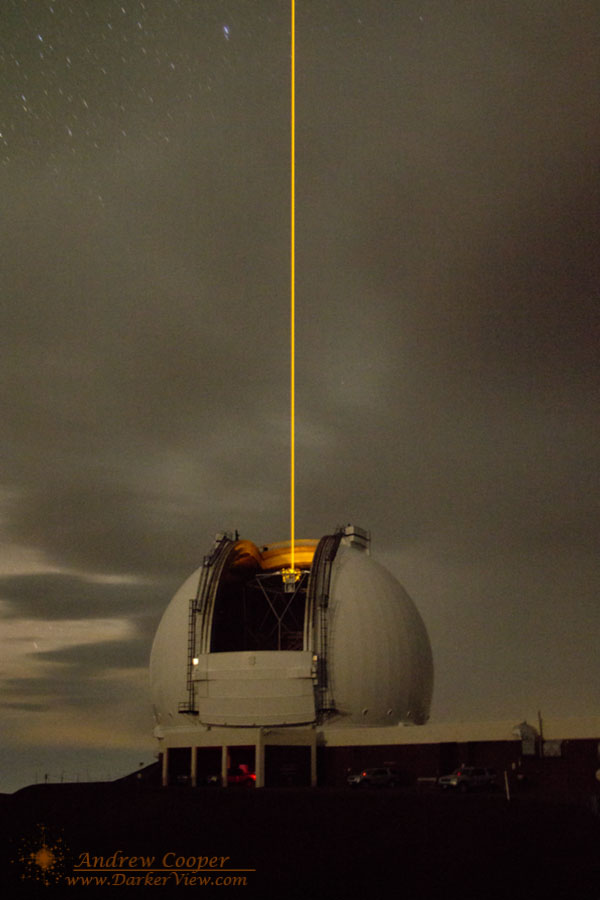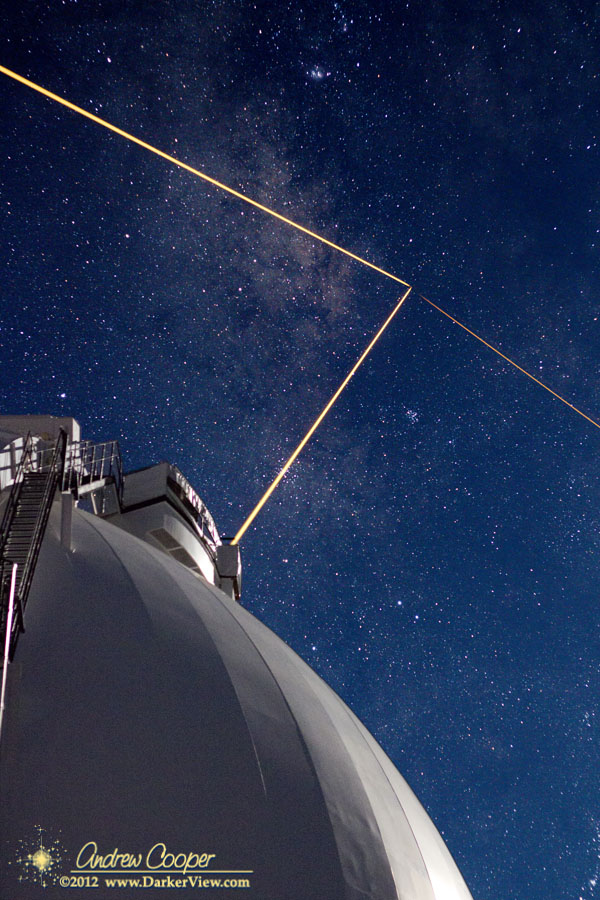
Tag: laser
Working the Night
Postcard from the Summit – Laser
Laser Ray-Trace
Another exhibit built for public outreach functions. It was completed and used for the recent W. M. Keck Observatory open house. You will also be able to see it at the upcoming AstroDay fun in Hilo.
Ray-tracing is a standard way to analyze optical designs. The technique allows the optical designer to follow the path of each ray of light through a system of lenses and mirrors. While ray tracing used to be done with pencil and paper, it is now done on a computer screen. What I had never seen was this process done in the physical. But I can figure out how…
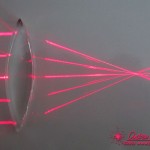
In the photo you can see the idea… Five red laser line modules are aligned across a table. Stick a lens section in the beams and you can observe refraction as it happens. Using a double convex lens, all of the beams converge to a focus. A clear demonstration of the basic principles of optics!
Top of the Front Page
I got pleasant surprise walking past the newspaper box on my way to lunch. The Honolulu Star-Advertiser published one of my photos across the top of the front page!

This is not actually one photo, but a panorama assembled from several shots. It was a nice night, if very cold, the first light of dawn just visible on the eastern horizon. Overhead the laser competed with the light of a bright moon. We were doing tests of the newly commissioned Keck 1 laser when I had a chance to get up on the roof and take some photos. Over the radio I begged Heather to lower the bottom shutter on Keck 1 so I could see the telescope inside the dome. I then took about 15 thirty second shots spanning the full view from our roof.
As cold as it was to shoot, it was also a pain to assemble, I worked on this one for hours to get it right. Only about 180° is shown on the newspaper, the original is a full 360°. The result was worth the effort, for your viewing pleasure I have re-posted the full version below. Click on the image to get a larger version…

Laser Spirograph
With an upcoming open house, everyone around the observatory is frantically trying to get everything in place. There will be all manner of science exhibits throughout the observatory headquarters complex. Exhibits about our research, controlling the telescopes, an IR camera display (Get your portrait in IR!), liquid nitrogen ice-cream, just a lot of fun.
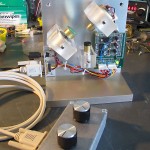
When attempting to teach something, a little eye-candy is helpful to catch the attention of the audience, particularly kids. Our group includes a laser engineer and a laser tech, so the use of lasers was obvious. There is little that catches the eyes of a kid faster than a bright laser beam. One of the first ideas they tossed on the table was a laser spirograph. After a few moments thought the answer was clear… I can build that!
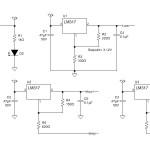
Testing TBAD with UAVSAR
So we have a system that will detect aircraft and shutter the laser.
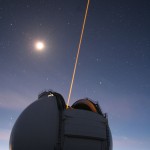
In theory TBAD will detect the TCAS transponder on an aircraft, turning off our AO Laser to avoid illuminating the aircraft. This work via means of a directional antenna mounted to the front of the telescope that is able to detect the 1090MHz TCAS transmissions from the aircraft. The system has been operational for the better part of a year, mounted to the Keck 2 telescope. It operates all the time, whether or not we are using the laser.
The problem is that there is very little air traffic over the summit, it is even more rare that a plane goes directly in front of the telescope while we are observing. It is these test cases we need to prove the system, an aircraft passing through where the laser would be. Though the first year of running the system we logged a total of one detection that would have resulted in a laser shutter event. We need more test cases if we are to prove to the FAA that the system works as designed.
Life of a Photo
It took ninety minutes of sitting in the cold to get the shot. Every minute the camera took another exposure. Sitting on the summit ridge overlooking Keck, it was a very dark night with three lasers working the sky, Keck 1, Keck 2 and Subaru. The tripod was set up as close to the vehicle as I could get it to shelter the camera from the wind. Ninety minutes of shivering in the front seat of the truck, playing cribbage on my phone, and fervently hoping that the gusting wind was not shaking the camera enough to destroy the images.
The result was ninety frames on the memory card. When downloading the material I knew that my time spent in the cold at fourteen thousand feet had been worth it.
Material like this can be used a couple different ways. You can stack the images together to create a single shot equivalent to one exposure 90 minutes long. Taking single long exposures is problematic on a digital camera, a leakage signal called dark current will swamp the image. Better to take many short exposures and add them together in processing.
You can also play the images sequentially, creating a few seconds of video. In this case I assembled all ninety images as nine seconds of video when played at ten frames per second.
I found that the best single frame was assembled from only 23 of the original images. Keck 2 changed targets during the session, creating a confusion of beams over the telescopes when I added all ninety images. The 23 frame version is the definitive version that has been widely distributed. During this slice of time the Keck 2 laser was aimed at the galactic center in Sagittarius, the beam aimed right over me and the camera.
I released the photo as a PR photo for Keck, only fair as I had been on the mountain to work that night, taking the photo before driving down from the summit in a Keck vehicle. The PR folks have used the photo for a number of press releases and observatory literature including the 2011 annual report. You can even download it from the Keck website photo collection.
This particular photo can now be found on websites across the net, has been featured in the Honolulu Daily Star, West Hawai’i Today and other local papers. It has also been used for numerous professional presentations by Keck affiliated astronomers and staff.
I understand that this month it is in Hana Hou! the inflight magazine for Hawaiian Airlines. (Somebody get me a copy. Please! I am not flying anywhere in the next month.) Not the first magazine appearance, you can also find the shot in an issue of Astronomy magazine.
It can be a lot of fun seeing an image I created become something of an iconic image of the observatory.
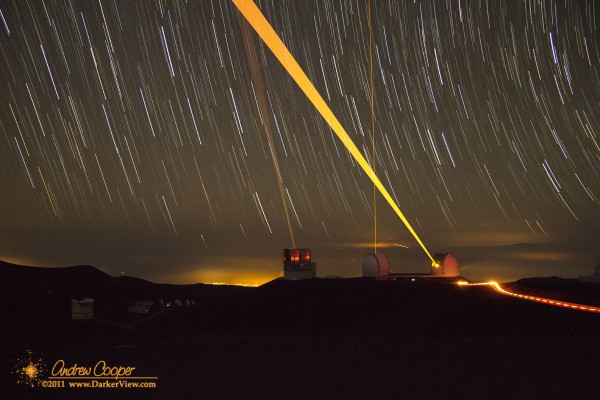
Postcard from the Summit – Three Strikes
The Last Interferometer Run
Tomorrow morning I will begin to power down the systems. One by one I will open the switches on gear that has rarely been powered off in years. In a matter of minutes it will be off. Dozens of computers, servo drives, camera controllers, racks of gear, silent and dark. I will also shut off the liquid nitrogen to each camera in turn. This will take a bit longer, a couple weeks will be needed to properly warm and back-fill each camera with dry nitrogen for storage. Meanwhile, Brett will carefully cover each optical surface in optical cloth and plastic. A few bits of gear installed in the telescope will be removed to be stored in the basement. By the end of August the Keck Interferometer will be mothballed.
This is the last run, three nights of observations. Two of those are behind us, the third beginning, the end is rapidly approaching.
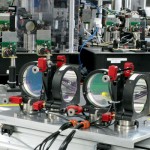
The plan is to carefully mothball the interferometer in place, in such a way as it could be reactivated with a few weeks of work. Maybe, some source of funding might allow the instrument to be used again, that is the hope. But we know how difficult the current budget environment has become.
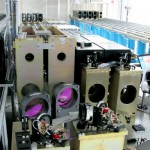
Oddly, one of our laser spotters did not make it to the summit and I was obliged to fill in. Fortunately it was a lovely night on the summit, not very cold and with no wind to make it miserable. For a couple hours I relaxed in the Laser Suzan chair, watching the sky. Above me arched the Milky Way, somewhat dimmed by a bright Moon, but still beautiful. A few bright meteors punctuated the night. The scene was a made a bit surreal by three lasers, all targeting the galactic core, the very center of our galaxy. Beside me the camera regularly issued the soft sound of the shutter, taking images of the night.
The second night was a series of galactic targets and a couple AGN’s. The final analysis will take time, but initial indications are that we have good data on at least some of the targets. A couple targets proved too faint for the system to track on. No surprise, we planned to reach a little with this last run.
Thus we begin this last night, the practiced evening routine is complete, final checks done. The last targets a list of selected YSO’s (young stellar objects) to be observed in L-Band. We settle in for the night, hopefully a quiet night. As usual, if I am busy, things are not good. All is going well, a fitting end to the instrument and a testament to all those who have put so much into the system. Something to remember.


